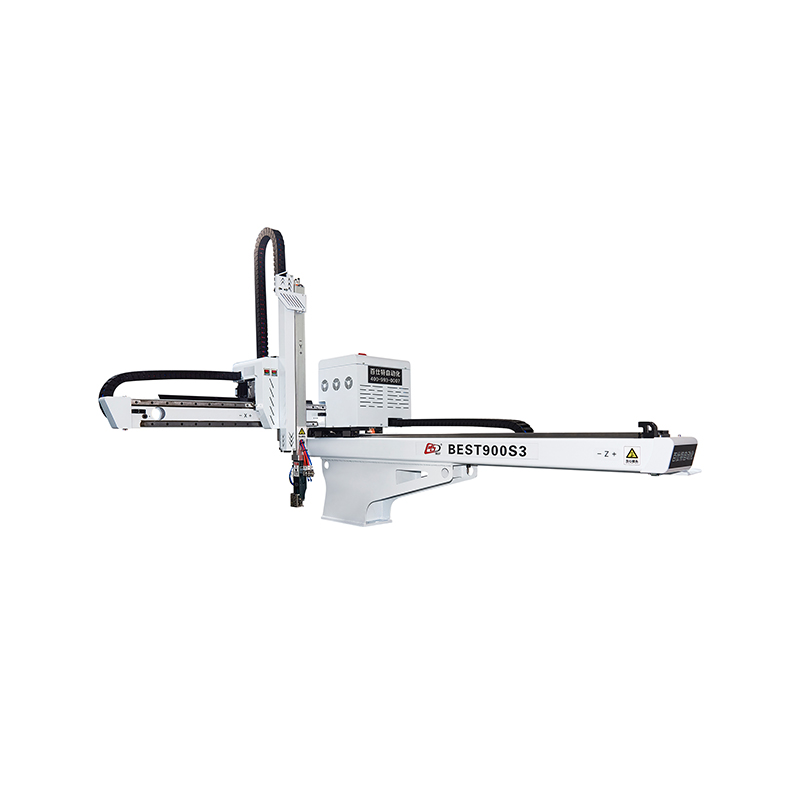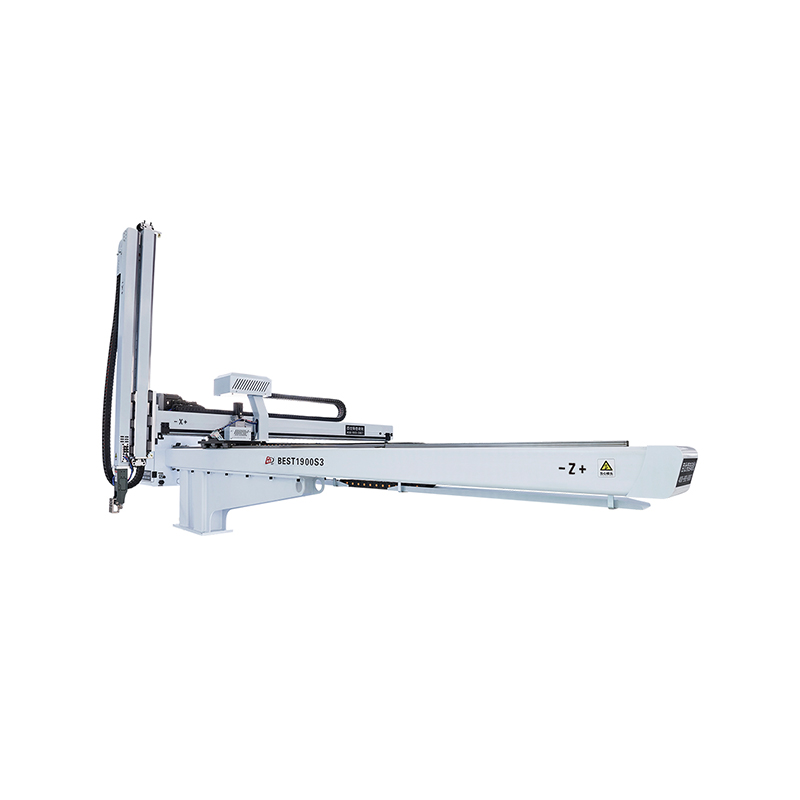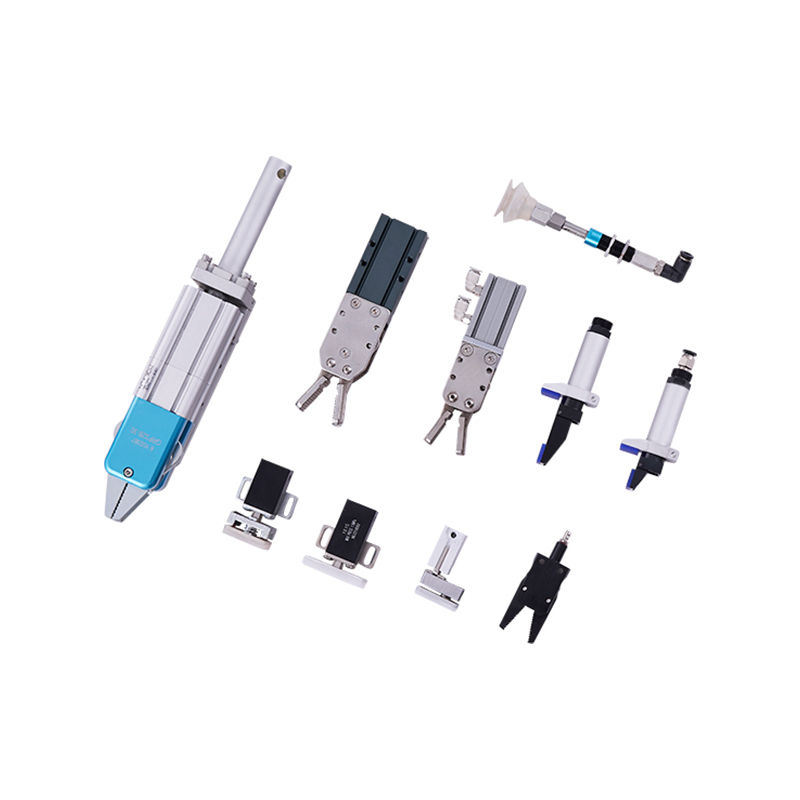In the ever-evolving landscape of industrial automation, the welding cell robot has emerged as a game-changer, revolutionizing the way welds are made on assembly lines. Welding, a critical process in manufacturing, has long been a labor-intensive task that requires precision, skill, and safety precautions. The advent of welding cell robots has not only addressed these challenges but also opened new horizons for efficiency and quality in welding applications. These robots are designed to perform a variety of welding tasks with high accuracy, consistency, and speed, making them indispensable in modern manufacturing environments.
The welding cell robot is a specialized type of industrial robot that is programmed to perform welding operations within a designated cell or area. These robots are equipped with advanced welding technologies that allow them to execute complex welds with precision that surpasses human capabilities. The integration of welding cell robots into production lines has led to significant improvements in productivity, as they can work around the clock with small supervision, reducing labor costs and increasing output.
One of the key benefits of welding cell robots is their ability to maintain a consistent welding quality. Human welders, despite their skill, can experience fatigue or make occasional errors. Welding cell robots, on the other hand, are immune to such issues. They can reproduce the same weld pattern with exact precision every time, cause a uniform product quality that is essential in industries such as automotive, aerospace, and heavy machinery.
Safety is another area where welding cell robots excel. Welding is inherently a hazardous process, with risks of burns, eye injuries, and exposure to harmful fumes. By automating the welding process, the risk of injury to workers is significantly reduced. Welding cell robots can operate in environments with high temperatures and fumes, ensuring a safer working environment for human operators.
The flexibility of welding cell robots is also noteworthy. These robots can be programmed to adapt to different welding processes, including MIG, TIG, and laser welding. This adaptability allows manufacturers to use the same robot for a variety of applications, reducing the need for multiple welding equipment and streamlining production.
As the demand for high-quality, customized products grows, the welding cell robot becomes increasingly valuable. These robots can be programmed to create intricate welds that meet specific design requirements, catering to the needs of industries that require a high level of customization.
The integration of welding cell robots also paves the way for smart manufacturing and Industry 4.0. By connecting welding cell robots to a factory's network, manufacturers can monitor and control the welding process in real-time. This connectivity allows for better quality control, predictive maintenance, and data-driven decision making, further enhancing the efficiency of the welding process.
Despite the initial investment required to implement welding cell robots, the long-term benefits are clear. The reduction in labor costs, improved weld quality, and increased safety make them a worthwhile investment for companies looking to stay competitive in a global market.
The welding cell robot is a testament to the advancements in robotics and automation technology. As industries continue to adopt these advanced solutions, the welding cell robot stands out as a key driver in the future of manufacturing. Its ability to deliver precision, consistency, and safety in welding applications is unparalleled, and its impact on the industry is only set to grow as technology progresses.



 English
English 中文简体
中文简体 русский
русский Español
Español عربى
عربى












